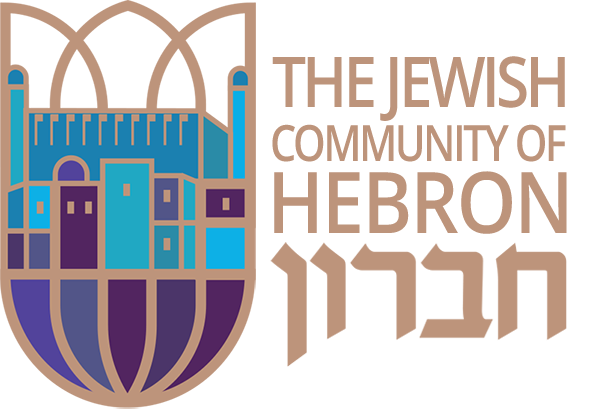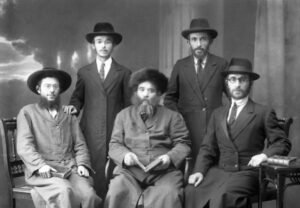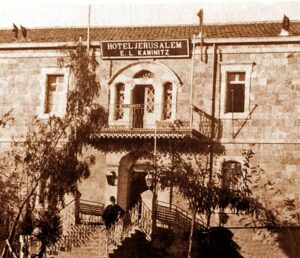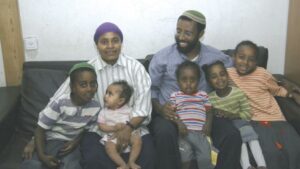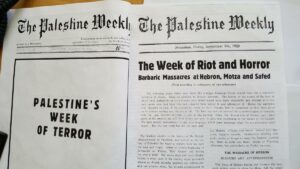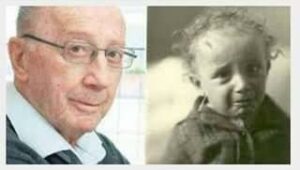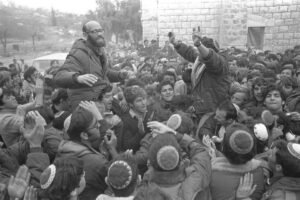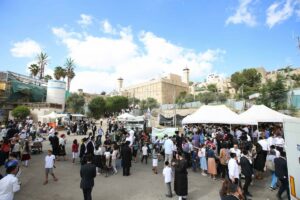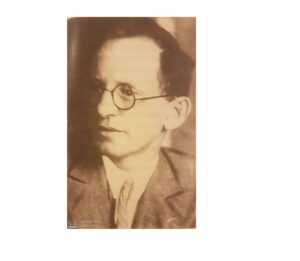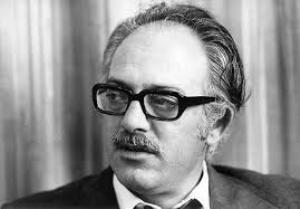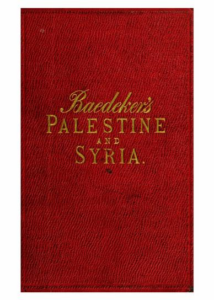History
The Jewish settlement in Hebron continues the ancient heritage of the Jewish community in Hebron – the city of fathers and mothers.
The Jewish community in Hebron is the oldest Jewish community in the world. Its roots date back to the days of the Bible, about 4000 years ago, when Abraham our father settled in Hebron and bought the Cave of the Patriarchs – the first Hebrew treasure.
In the cave were buried the fathers and mothers of the Jewish people – Abraham and Sarah, Isaac and Rebecca, Jacob and Leah. Jacob, whose name was changed to “Israel”, is the first in the world to be called by the name “Israel”, and from there on the nation of Israel began.
The city was surrounded by huge walls, built already in the Bronze Age. The huge and impressive walls discovered in archaeological excavations
They are mentioned in the Bible (in Deuteronomy 13, Deuteronomy 1:20) and can be seen today in Tel Hebron.
At the time of Israel’s settlement in the land, Hebron was the capital of the tribe of Judah; About 3000 years ago it was the first royal city of Davidthe king.
About 2000 years ago, during the Second Temple period, Hebron was a Jewish city. During this period, the magnificent Jewish building was built above the Cave of the Patriarchs as a mark of the ancestors and mothers and a place of prayer and inspiration. A residential and industrial quarter from the Second Temple period, which includes two huge and impressive purification mikvahs, were discovered in archaeological excavations, and can be seen today in Tel Hebron.
During all periods Jews lived in Hebron or came to pray there. In the Middle Ages, the Jews concentrated in the Jewish Quarter, where a Jewish community that emerged after the expulsion from Spain also settled.
Since the Arab conquest (637 – 638 AD), the Jews have maintained fair and friendly relations with their Arab neighbors, even though they suffered severe discrimination and were even forbidden to enter the building above the Cave of the Patriarchs.
In 1929, the Arabs committed a brutal massacre of the Jews (Pharaohs of 1959) and slaughtered about 70 Jews. The rest of the community was expelled from the city.
In 1948, the Kingdom of Jordan occupied Judea and Samaria and destroyed most of the Jewish buildings, synagogues and cemeteries in Hebron and Jerusalem. The presence of Jews in Jerusalem and Hebron was forbidden.
In 1967, during the Six Day War, Hebron was liberated by the State of Israel. Hebron was liberated without a single shot being fired.
In 1968, Rabbi Moshe Levinger ZTL initiated the return of the Jews to Hebron, which began with the Seder Pesach at the Park Hotel, continued at the Military Government House, and was followed by the construction of Kiryat Arba, where settlement began in 1972.
In 1979, settlement began in Beit Hadassah, the Jewish hospital that stood abandoned, empty and full of garbage. The pioneers of the return to Hebron were a group of mothers and children, led by Rabbi Miriam Levinger A.H. The group withstood trials and difficult challenges; the most difficult trial was a terrorist attack at the gate of Beit Hadassah Biz Bayer in 1980, in which six were killed
Jews.
Following this attack, the government decided to renew the Jewish settlement in Hebron. After that the settlement went
and established The “Abraham Avinu” synagogue in the Jewish quarter, which was destroyed during the Jordanian occupation and turned into a cattle pen – was restored and restored, the “Shebi Hebron” yeshiva was established in “Beit Romano”, the “Edmet Yishai” neighborhood was established in Tel Hebron and archaeological excavations were conducted there.
In 1997, the city was divided and most of it was handed over to the Palestinian Authority. This division caused serious damage and security risks to the city and its residents.
In 2015, the audiovisual performance “Touching Eternity” opened at the Jewish Community Museum in Beit Hadassah.
In 2020, the Jewish community in Hebron numbered hundreds of residents in four main neighborhoods: Avraham Avino, Hezekiah, Beit Hadassah and Yishai Lands.
A number of other families live in ‘Beit HaShalom’, ‘Beit Rachel and Leah’ and ‘Beit Al-Machpela’, buildings in the area of the Jewish settlement in Hebron that were purchased from Westerners by the association ‘Haravi Mekom Ahlech’.
Thanks to the Jewish settlement in the city, a continuous Jewish presence is maintained in the Cave of the Patriarchs.
The Jewish settlement in Hebron is an independent administrative and community municipal authority. His goals are to renew the ancient community and bring Jewish life back to the city, defeat terrorism and work for global justice.
The settlement welcomes every peace-seeking person who will work for these goals.
Topics in history
- Personalities (9)
- From the events of 1975(6)
- Cave of the Patriarchs (2)
- Periods (17)
- Sites in Hebron (3)
Subscribe to our newsletter

Essays in history

 History
History
Rabbi Havlin and the Founding of the Chabad Yeshiva in Hebron
08/05/2023
Rabbi Havlin’s passion for turning Hebron into a thriving Jewish center came to fruition.

 History
History
First Hotel in Hebron
03/05/2023
Menachem Mendel of Kamimitz revolutionized tourism when he opened hotels in Jerusalem, Hebron and other cities.

 History
History
From Ethiopia to Hebron: The Eternal City of Our Fathers
23/11/2022
Jewish immigrant to Israel from Ethiopia talks about his inspiration to move to Hebron.
